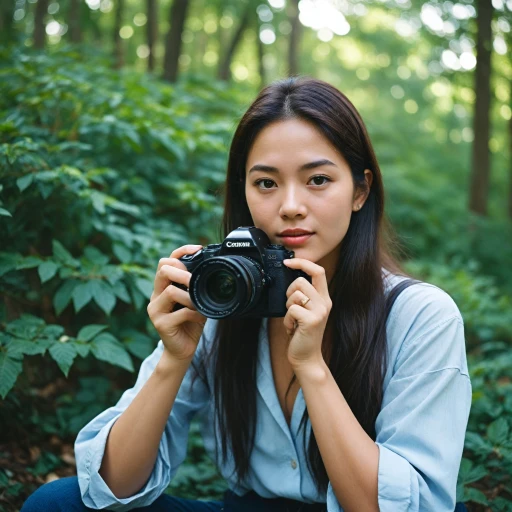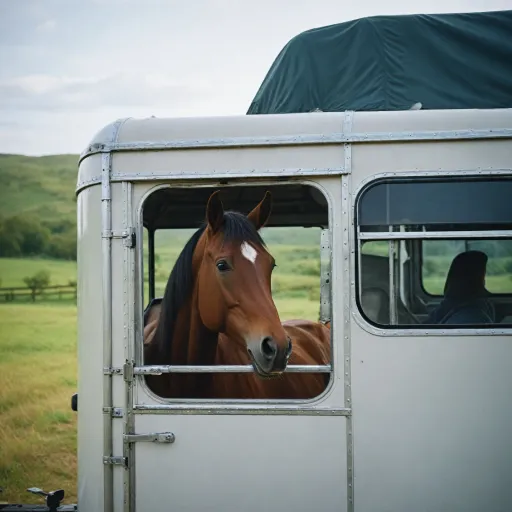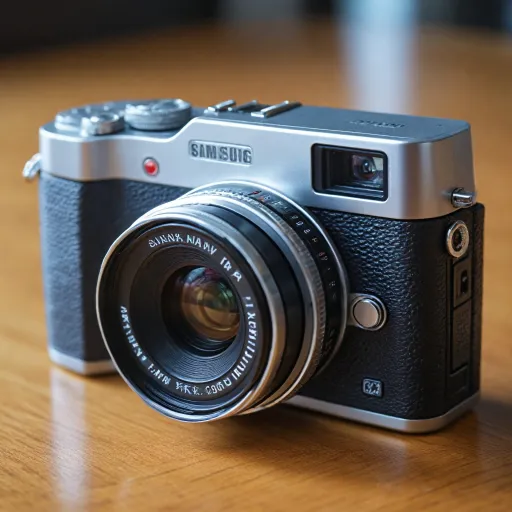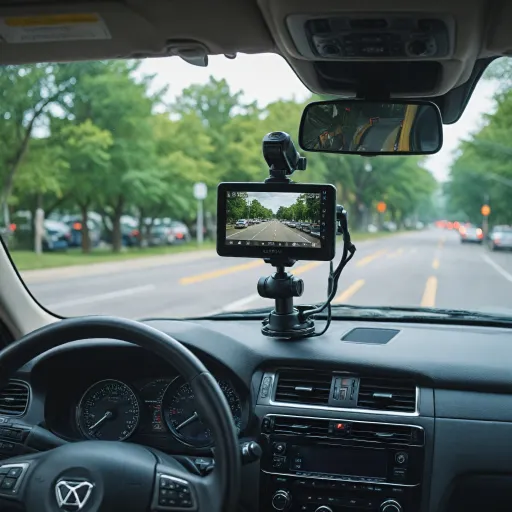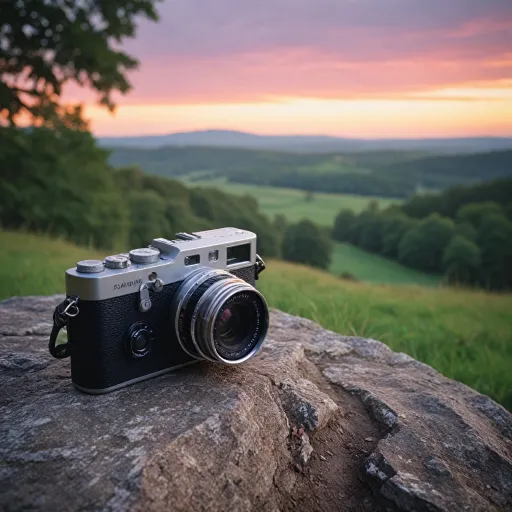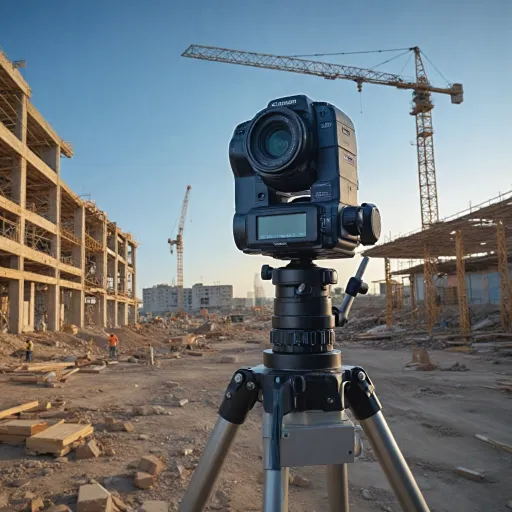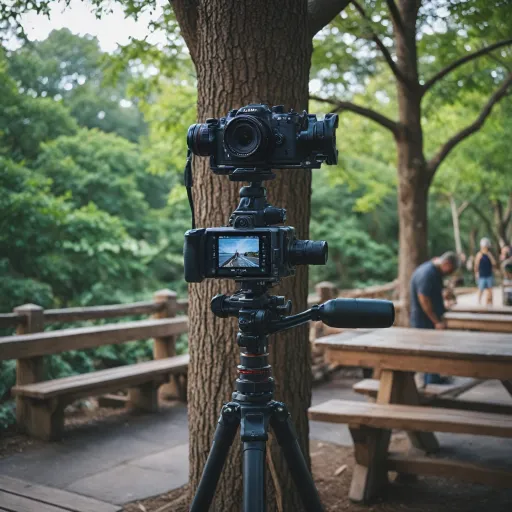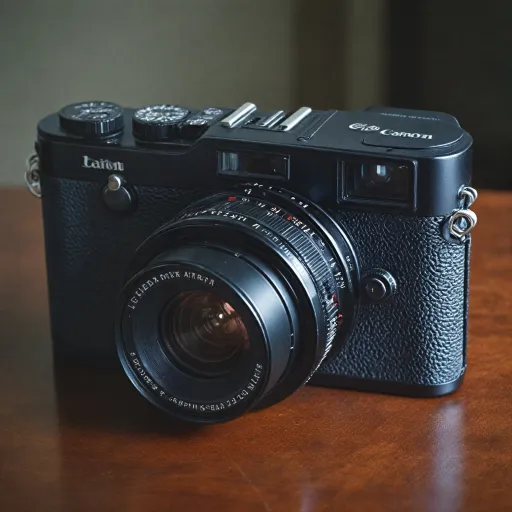
Understanding the appeal of the Minolta X-7A
What draws photographers to the Minolta X-7A?
The Minolta X-7A stands out in the world of film cameras for its approachable design and reliable performance. For many, this camera represents a perfect entry point into SLR film photography. Its classic black body, intuitive controls, and compatibility with a wide range of Minolta lenses make it a favorite among both beginners and seasoned enthusiasts. When you pick up a Minolta X-7A, you quickly notice how well it balances in your hands, and the satisfying click of the shutter release is a reminder of the tactile joy that digital cameras sometimes lack.
Why do film camera fans keep coming back?
There’s something special about shooting with a Minolta SLR. The X-7A offers aperture priority mode, which lets you focus on composition while the camera handles the shutter speed. This feature, combined with a bright viewfinder and easy-to-read exposure indicators, helps users get great results even if they’re new to film. Many camera reviews highlight how the X-7A’s auto exposure system is forgiving, making it a good choice for those learning the ropes or returning to film after months or years away.
- Compatible with a wide range of Minolta lenses and third-party options using the MD mount
- Solid build quality that holds up well over time
- Affordable to buy on platforms like eBay, making it accessible for most budgets
- Manual and auto exposure options for creative flexibility
Community and nostalgia
Many casual photophiles and collectors appreciate the X-7A for its blend of reliability and nostalgia. The camera opens a window to a slower, more deliberate style of photography, where each frame counts. Whether you’re interested in experimenting with different shutter speeds, exploring the world of Minolta film cameras, or simply enjoying the feel of a classic SLR, the X-7A delivers. Its enduring popularity is a testament to Minolta’s legacy in the camera world, and it continues to inspire new generations to explore film photography. For those curious about how classic cameras compare to modern compacts, check out this photographer's companion review for a different perspective.
Key features that set the Minolta X-7A apart
Classic SLR Design with Modern Usability
The Minolta X-7A stands out in the world of film cameras for its blend of classic SLR design and user-friendly features. Many camera enthusiasts appreciate how the X-7A offers a straightforward shooting experience, making it a good choice for both beginners and those returning to film photography. The camera body feels solid in hand, and the controls are well laid out, allowing quick access to essential settings like shutter speed and aperture.
Reliable Shutter and Exposure Controls
One of the key strengths of the Minolta X-7A is its electronically controlled shutter, which provides accurate shutter speeds from 1/1000s to 1s, plus bulb mode for long exposures. The camera’s aperture priority mode lets photographers focus on creativity while the X-7A handles exposure automatically. This feature is especially valued by those who want to experiment with depth of field without worrying about manual exposure calculations. The bright viewfinder and clear information display make it easy to check settings at a glance.
Versatile Lens Mount and Compatibility
The Minolta X-7A uses the popular Minolta SR mount, often referred to as the "Minolta mount," which opens up a wide range of lens options. Whether you’re looking for a sharp 50mm prime or a versatile zoom, there are many Minolta lenses and third-party options available. This flexibility means you can build a kit that suits your style, whether you’re interested in portraits, landscapes, or street photography. The camera is also compatible with motor drives and other accessories, adding to its appeal for those who want to expand their setup.
Accessible and Affordable for Today’s Photographers
Compared to some other vintage SLR cameras, the Minolta X-7A remains relatively affordable and easy to find on platforms like eBay. Its reputation for reliability means you can often buy one that still works well after decades. For anyone considering a film camera, the X-7A offers a great balance of features and value. If you’re curious about how the X-7A compares to other classic cameras, you might enjoy reading this comprehensive guide to the Olympus Stylus for another perspective on film camera design.
Thoughtful Details for Everyday Use
Small touches, like the responsive shutter release and the option for a camera black finish, add to the X-7A’s appeal. The camera’s auto exposure lock and easy-to-read film advance window make it practical for everyday shooting. Many casual photophiles appreciate how the X-7A balances simplicity with enough control to grow with your skills. With proper care, these cameras can remain in good working order for many years, making them a smart buy for anyone interested in SLR film photography.
Comparing film and digital: what the Minolta X-7A offers
How the Minolta X-7A Stands Out in a Digital World
In the era of digital cameras, it’s easy to overlook the unique experience that a film camera like the Minolta X-7A offers. While digital SLRs and mirrorless cameras provide instant feedback and convenience, the X-7A brings a tactile, immersive process that many photographers still crave. The difference is not just about nostalgia—it’s about the way the camera, film, and lenses work together to create a distinct photographic journey.
Film vs Digital: The Shooting Experience
- Manual Controls: The Minolta X-7A gives you direct access to shutter speed, aperture, and focus. Adjusting these settings by hand helps you understand exposure and composition in a way that auto modes on digital cameras often hide.
- Aperture Priority: The X-7A’s aperture priority mode lets you set the aperture while the camera selects the shutter speed. This is a great way to learn about depth of field and creative control, something that’s still valued by users of modern SLR cameras.
- Physical Feedback: The satisfying click of the shutter release, the winding of film, and the feel of a solid camera body are experiences that digital cameras rarely replicate.
Image Quality and Character
Film has a unique look that many digital simulations try to copy but rarely match. The Minolta X-7A, paired with quality Minolta lenses, produces images with rich tones and organic grain. The camera’s compatibility with a wide range of Minolta mount lenses means you can experiment with different focal lengths and styles, much like you would with modern camera systems.
Comparing Features: Minolta X-7A vs Digital SLRs
| Feature | Minolta X-7A | Typical Digital SLR |
|---|---|---|
| Shutter Speeds | Manual & auto (aperture priority) | Fully auto, manual, priority modes |
| Lens Mount | Minolta SR mount | Brand-specific digital mounts |
| Image Preview | Film only, no instant review | LCD/EVF instant playback |
| Battery Dependency | Minimal (metering & auto modes) | High (all functions) |
| Build Quality | Metal & durable plastic | Varies, often lighter materials |
Why Some Still Choose Film Cameras
- Learning Tool: Many casual photophile communities recommend starting with a film SLR like the Minolta X-7A to build a solid foundation in photography.
- Creative Process: The slower pace of film photography encourages thoughtful composition and patience.
- Legacy and Value: Cameras like the X-7A are well-built and have stood the test of time, making them a good buy for those who appreciate classic engineering.
If you’re curious about how film cameras compare to specialized digital tools, you might find this camera review of a modern time-lapse camera insightful. It highlights how different camera types serve unique purposes, much like the Minolta X-7A does for film enthusiasts.
Tips for buying a Minolta X-7A today
What to Look for When Buying a Minolta X-7A
Shopping for a Minolta X-7A can be exciting, but it’s important to know what to check before you buy. This classic SLR film camera is popular among enthusiasts, so demand can be high. Here’s how to make sure you get a camera that works well and gives you a good experience.
- Shutter and Shutter Speeds: Test the shutter release to ensure it fires smoothly at all speeds. Listen for any odd sounds or delays. The X-7A is known for its reliable shutter, but age can affect performance.
- Viewfinder and Aperture: Look through the viewfinder for clarity and check if the aperture priority mode works. Make sure the aperture blades in the lens are clean and move freely.
- Camera Body Condition: Inspect the camera black finish for scratches or dents. Check the film door, battery compartment, and motor drive connections for corrosion or damage.
- Lens Mount and Compatibility: The Minolta X-7A uses the Minolta SR mount, so you’ll want to confirm the mount is undamaged. This opens up a wide range of Minolta lenses and third-party options.
- Light Seals and Film Advance: Old film cameras often have degraded light seals. Check for sticky residue or foam around the film door. Test the film advance lever to ensure it moves smoothly.
- Auto Functions: Confirm that auto exposure and metering work as expected. Bring a battery to test these features if possible.
Where to Buy and What to Expect
You can find Minolta X-7A cameras on platforms like eBay, dedicated camera shops, and online forums. When buying online, look for detailed camera reviews and clear photos. Ask the seller about the camera’s history, how long it’s been left unused, and if it’s been serviced in the last few months.
| Source | Pros | Cons |
|---|---|---|
| eBay | Wide selection, competitive prices | Condition varies, risk of hidden issues |
| Camera Shops | Test before buying, expert advice | Higher prices, limited stock |
| Online Forums | Direct from enthusiasts, honest replies | May require patience, less buyer protection |
Accessories and Lenses to Consider
To get the most out of your Minolta SLR, consider picking up extra Minolta lenses, a camera lens cap, and a fresh battery. Many Minolta film cameras are compatible with the same mount, making it easy to expand your kit. If you plan to shoot with different shutter speeds or experiment with aperture priority, having a variety of lenses will help you explore more creative options.
Getting started with film photography using the Minolta X-7A
Loading Your First Roll of Film
Getting started with the Minolta X-7A is a rewarding experience, especially if you’re new to film cameras. Begin by choosing a 35mm film that suits your style. Many casual photophile users prefer ISO 200 or 400 for general use. To load the film, open the camera back by pulling up the rewind knob. Place the film canister on the left, pull the film leader across to the right, and insert it into the take-up spool. Advance the film using the lever, making sure the sprockets catch the holes in the film. Close the back and advance the film until the counter shows ‘1’.
Understanding Exposure and Controls
The Minolta X-7A offers aperture priority mode, which means you select the aperture on the lens, and the camera automatically chooses the correct shutter speed. This is great for beginners, as it simplifies exposure decisions. The aperture ring is on the lens, while the shutter release is on the top plate. If you want more control, you can set the shutter speed manually using the dial. The viewfinder displays helpful information, including the selected shutter speed, so you can adjust settings without taking your eye off the scene.
Choosing Lenses and Accessories
One of the strengths of the Minolta SLR system is its compatibility with a wide range of Minolta lenses. The X-7A uses the Minolta SR mount, so you can buy lenses from the classic Rokkor line or third-party brands. A standard 50mm lens is a good starting point, but wide-angle and telephoto options are available for creative flexibility. Accessories like a motor drive or auto winder can make shooting more convenient, especially if you plan to shoot multiple rolls in a day.
Tips for Your First Photos
- Start with outdoor photography, where lighting is good and shutter speeds are easier to manage.
- Experiment with different apertures to see how depth of field changes your images.
- Keep an eye on your shutter speeds—if they drop too low, camera shake can blur your photos. Use a tripod or brace yourself for stability.
- Try black and white film for a classic look, or color film for vibrant results.
Developing and Reviewing Your Results
Once you’ve finished your roll, rewind the film using the knob on the left before opening the back. Many users send their film to a lab for development, but home development is also an option for those who want more control. After you get your negatives or scans, review your images and take notes on what worked well. This process helps you improve with each roll.
Building Confidence as a Film Photographer
Don’t worry if your first roll isn’t perfect. The Minolta X-7A is a forgiving camera, and with practice, you’ll get a feel for its controls and quirks. Many camera reviews highlight how intuitive the X-7A is for beginners, thanks to its clear viewfinder and reliable auto exposure. As you gain experience, you can explore more advanced features and experiment with different lenses and films. Remember, every shot is a learning opportunity, and the journey is as rewarding as the results.
Maintaining and caring for your Minolta X-7A
Cleaning and Protecting Your Minolta X-7A
To keep your Minolta X-7A in good working order, regular cleaning is essential. Dust and debris can affect the camera's shutter, lens mount, and film compartment. Use a soft brush or a blower to remove dust from the camera body and lens. For the lens, a microfiber cloth and lens cleaning solution help prevent scratches and smudges. Avoid touching the shutter curtains or the inside of the camera with your fingers, as oils can damage these sensitive parts.
Checking Shutter and Aperture Functionality
Over time, the shutter and aperture mechanisms in SLR cameras like the X-7A can become sluggish, especially if the camera has been left unused for months. Test the shutter speeds and aperture blades regularly. Set the camera to different shutter speeds and listen for consistent sounds. If you notice any irregularities, it may be time for a professional service. The aperture priority mode should operate smoothly, and the lens should mount securely without resistance.
Battery and Light Seals
The Minolta X-7A relies on batteries for its auto exposure and metering functions. Replace the batteries every few months, even if the camera is not in use, to prevent leakage. Inspect the light seals around the film door. Deteriorated seals can cause light leaks, ruining your film. Replacement kits are available online, and installing new seals is a straightforward process for most camera enthusiasts.
Storage Tips for Longevity
- Store your Minolta camera in a cool, dry place to avoid fungus growth on lenses and internal components.
- Keep the camera in a padded bag or case to protect it from dust and accidental knocks.
- Remove the batteries if you plan to store the camera for an extended period.
- Do not leave film inside the camera for long periods, as this can cause film jams and degrade the shutter release mechanism.
Servicing and Repairs
If your Minolta SLR develops issues that basic cleaning cannot fix, seek a reputable repair technician with experience in film cameras. Many camera review sites and forums can help you find specialists. Original Minolta lenses and parts are still available on platforms like eBay, making it possible to keep your X-7A in great condition for years. Regular maintenance ensures your camera remains a reliable tool for both casual photophile outings and more serious photography projects.

